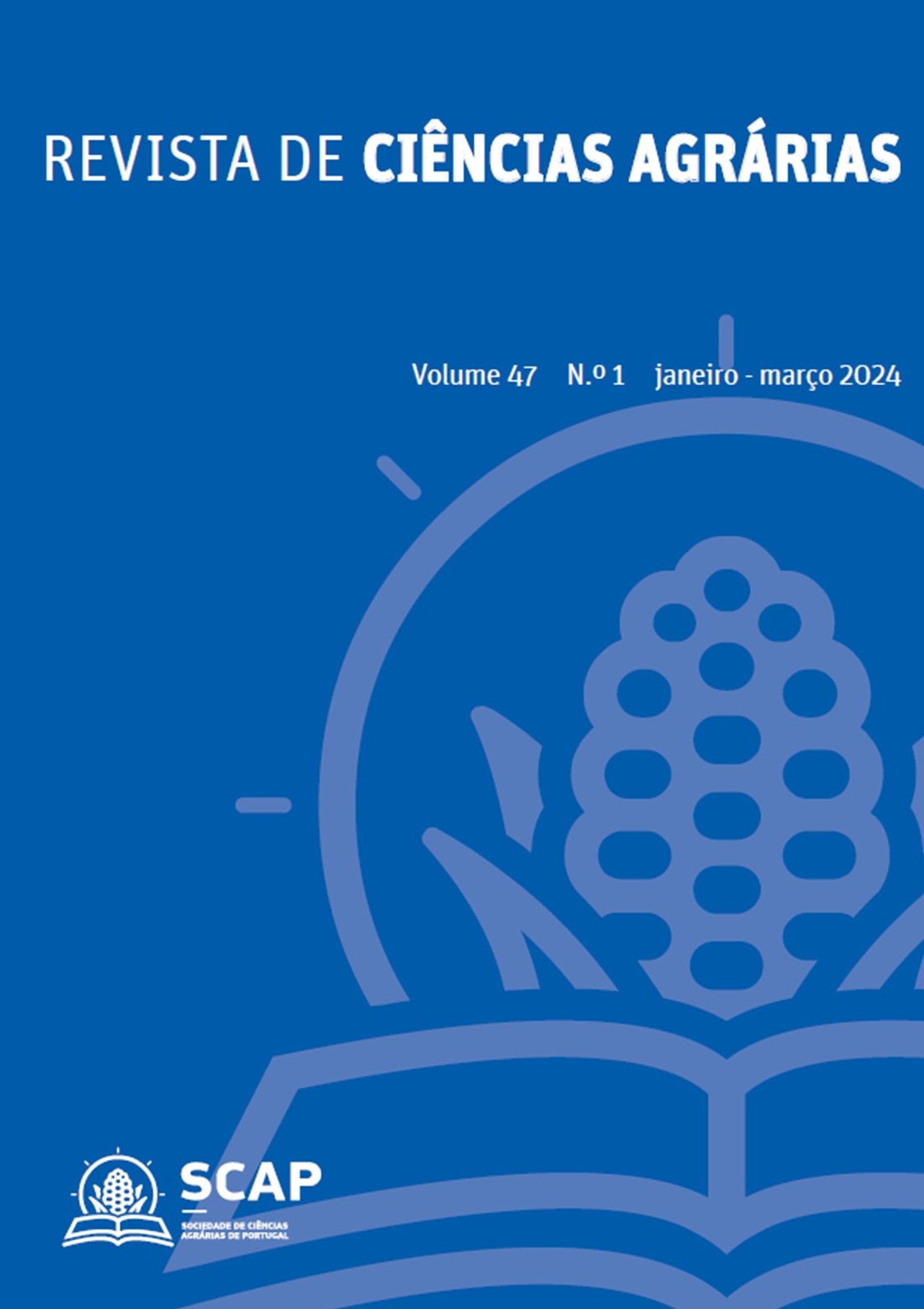Application of non-parametric functions to model the emergence of Ridolfia segetum
DOI:
https://doi.org/10.19084/rca.35130Abstract
Ridolfia segetum (L.) Moris is a weed native to the Mediterranean basin that causes yield losses in both winter and summer crops in southern Spain. Modeling its emergence is crucial for developing appropriate management strategies. Currently, the predominant technique for predicting weed emergence is non-linear parametric regression, but this approach has some statistical limitations. The Weed Biology and Agroecology Group (BAMh) conducted a study to describe and predict the emergence pattern of R. segetum using a non-parametric regression with a Gaussian distribution. For its development, emergence was studied in five experimental plots in Barcelona, Lleida, Madrid, Seville, and Zaragoza during the 2016/17 season, and the trial was repeated in the following season in Barcelona, Madrid, and Zaragoza. In each plot, 100 seeds from an experimental farm in Seville were sown in 25 x 25 cm grids (4 replicates). For the model, a cumulative kernel density curve was used to relate emergence to a hydrothermal integral based on a two-segment equation. A base, optimal, and maximum temperature of -1.0 ºC, 8.1 ºC, and 26.0 ºC, respectively, and a base water potential of -0.6 MPa were established. This model reaches 10 %, 50 %, and 90 % of cumulative emergence at 43.2, 74.7, and 97.4 hydrothermal degrees, respectively. On average, the model exhibited a root mean square error of 16.81%, ranging between 9.1 % and 32.5 %.


